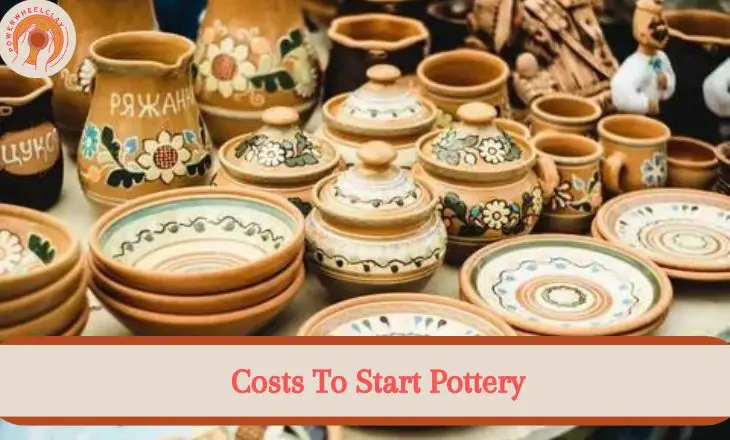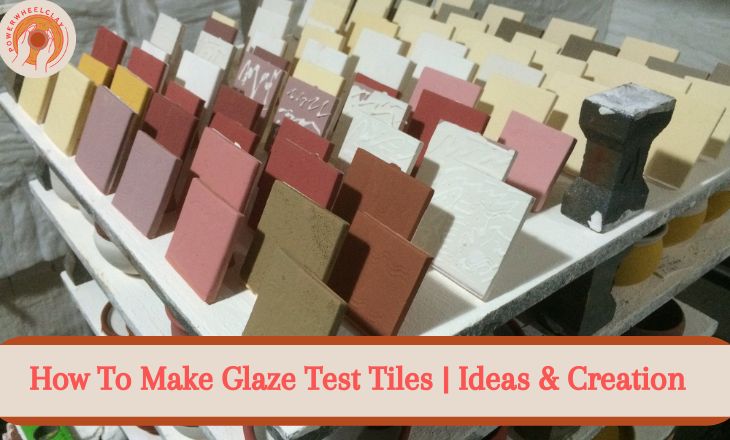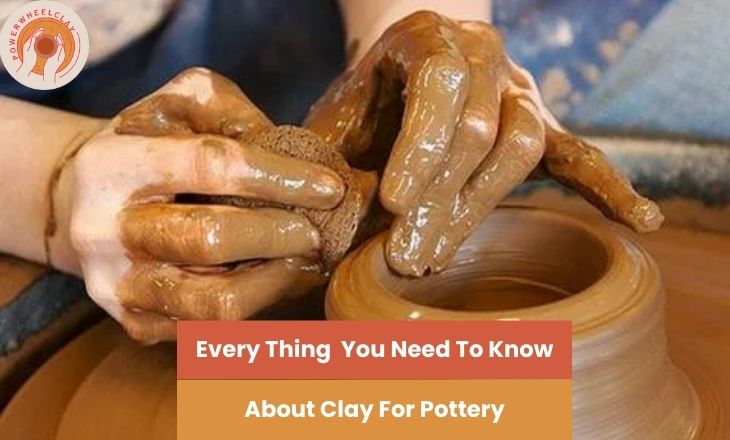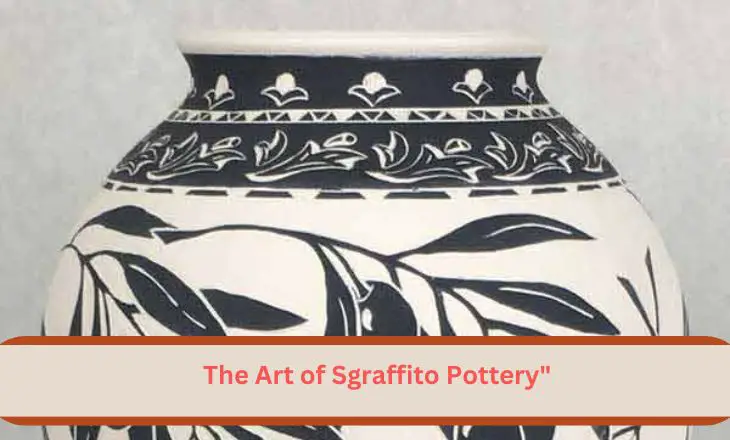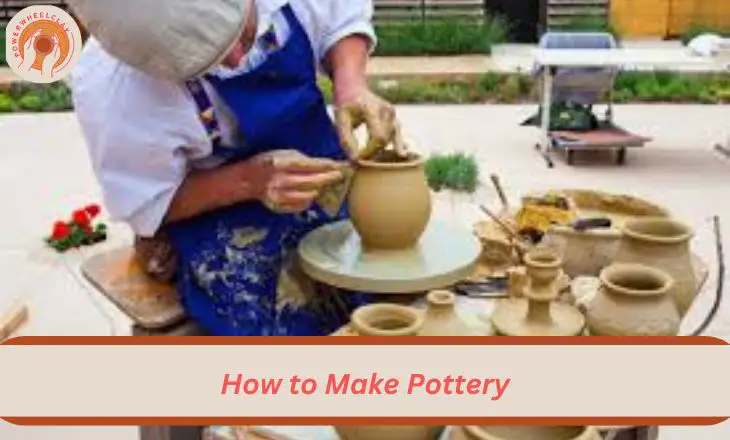How Much: Cost To Get Into Pottery
When it comes to getting into pottery as a beginner or hobbyist, the initial costs to start pottery can be quite manageable, ranging from $200 to $1,200. This includes basic equipment such as a wheel, clay, kiln, and glazes.
For those on a budget or looking for a more affordable entry point, cost-effective options don’t require splurging on expensive materials. One of the biggest concerns for beginners is often the cost of a kiln – but fear not! There are accessible alternatives like community studios or shared kilns that eliminate the need to worry about purchasing a $2,000 kiln.
Determining Your Costs To Start Pottery: A Starting Point
If you plan on creating pottery regularly, investing in quality tools and equipment might be necessary upfront to ensure long-term cost efficiency.
The type of pottery you want to make: When deciding on the type of pottery to create, it’s essential to consider whether you’re leaning towards functional or decorative pieces. Functional pottery, like mugs, plates, and bowls, needs durable clay that can withstand everyday use.
The size of your projects: The size of your project directly impacts not just the quantity but also the quality of materials you will need. It’s important to remember that larger pieces often have unique challenges in terms of handling and firing.
The frequency of your pottery sessions: Understanding the relationship between the type of pottery you want to make and the size of projects can help make informed decisions about costs. Aligning these factors with the frequency of your sessions enables better budget planning and resource allocation. By taking these aspects into account from the beginning, you set a solid starting point for managing your pottery expenses effectively while pursuing your creative passions.
Pottery Wheels
Pottery wheels have been used for centuries to create beautiful and functional ceramic pieces. The kick wheel, a timeless classic, relies on the potter’s foot power to rotate and shape the clay. This traditional method requires skill and precision, offering a deeply personal connection between the potter and their work.
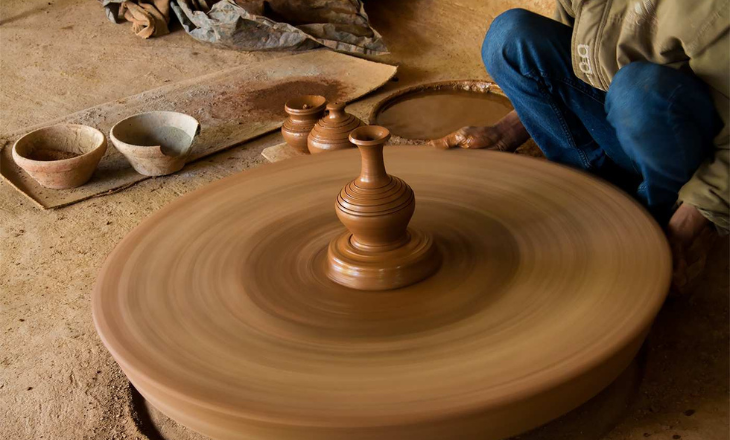
In the modern era, electric pottery wheels have revolutionized the art of ceramics by streamlining the process and enhancing precision. These high-powered wheels offer consistent rotation speeds and effortless control, enabling potters to achieve intricate designs with ease.
Kilns
Kilns have been a cornerstone of ceramic art for centuries, but their relevance extends far beyond traditional pottery. Modern kilns are being used in innovative ways, such as in the manufacturing of advanced materials like carbon fiber composites. Different types of clay require specific kiln temperatures for firing Pottery to achieve the desired results,
Electric kilns: Electric kilns are a preferred choice for beginners due to their user-friendly nature and quick temperature reach. While they may require a higher initial investment compared to other types of kilns, their ease of use and maintenance make them a practical option for those just starting in ceramic art.
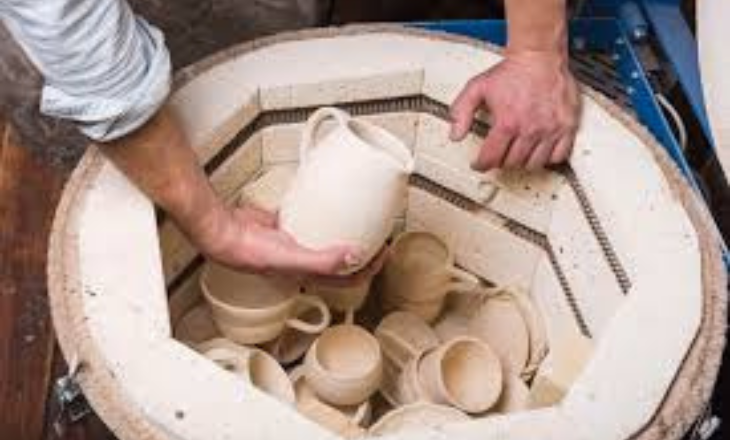
The ability of electric kilns to quickly achieve high temperatures provides artists with the convenience of faster firing times, allowing for increased productivity and experimentation with different glazes and techniques.
Gas kilns: Gas kilns are a popular choice among experienced potters due to their ability to reach extremely high temperatures, allowing for more control over the firing process and enabling the creation of unique effects on ceramic pieces. The intense heat produced by gas kilns can result in richer colors and deeper glaze finishes that are often difficult to achieve with electric kilns.
Wood-fired kilns: The unpredictable nature of wood firing adds a layer of mystery and excitement to the creative process, as each piece emerges from the kiln with its own distinctive story etched in the glaze. Potters who choose this traditional method understand that they are not just creating ceramics; they are engaging in a dance of alchemy between clay, fire, and wood.
Sales: Pricing Your Pottery
Pottery is not just a product; it’s a piece of art that reflects your creativity and dedication. Charging too little can undermine the craftsmanship involved while overpricing may deter potential buyers. Finding a balance between these factors will help you establish fair prices that reflect both your skill level and market demand.
Keep in mind the context in which you are selling your pottery. The pricing strategy for a local farmers’ market may differ from that of an upscale boutique or online store. Understanding your target audience and adapting your pricing accordingly can help maximize sales and build a loyal customer base.
Studio Space
Entering a pottery studio space can be an exciting and rewarding venture, but it’s essential to consider the costs involved. The expense of joining a pottery or ceramic studio varies widely depending on location, amenities, and membership structures. Some studios offer hourly rates for open access while others require monthly or annual membership fees. Additionally, there may be additional charges for firing clay or using specialty equipment such as kilns or glazes.
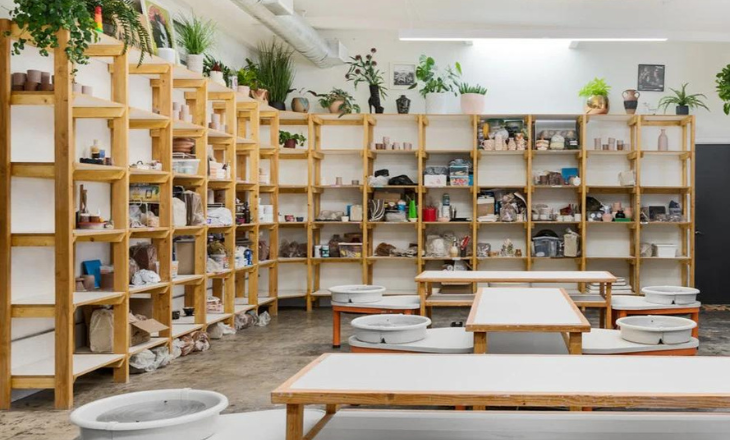
It’s important to weigh the financial commitment against the potential benefits of joining a pottery studio. Consider factors like access to professional-grade tools, expert instruction, and a supportive community of fellow artists. Many creatives find that the cost of joining a pottery studio is justified by the opportunity for skill development, networking with other potters, and exposure to new techniques and approaches that can elevate their craft.
Summary
Once you decide to explore the world of pottery and ceramics, you’ll find that diving in doesn’t have to break the bank. Starting with classes is a great way to ease into the craft without a significant financial commitment. As you progress, investing in basic materials like clay and tools won’t strain your wallet either. While some advanced equipment can be pricey, beginners can keep costs low by focusing on foundational items such as a clay wheel and a small kiln.
Embracing pottery on a budget doesn’t mean sacrificing quality or creativity. Many artists produce stunning work using affordable materials and techniques. By experimenting with different types of clays and exploring various firing methods, you can cultivate your unique style without overspending.
FAQ’s
IS Clay Expensive?
No, clay is generally an affordable material that is widely accessible to artists and hobbyists.
Is Pottery An Expensive Hobby?
Pottery can be as affordable or as expensive as you make it, depending on the materials and equipment you choose to invest in. Basic tools for pottery include a wheel, kiln, clay, shaping tools, glazes, brushes, and other accessories.
How Much Is A Pottery Wheel And Kilns?
A basic pottery wheel can range from $200 to $500, depending on the brand and features. On average, an electric kiln can cost anywhere from $800 to $3000, depending on size and specifications.
